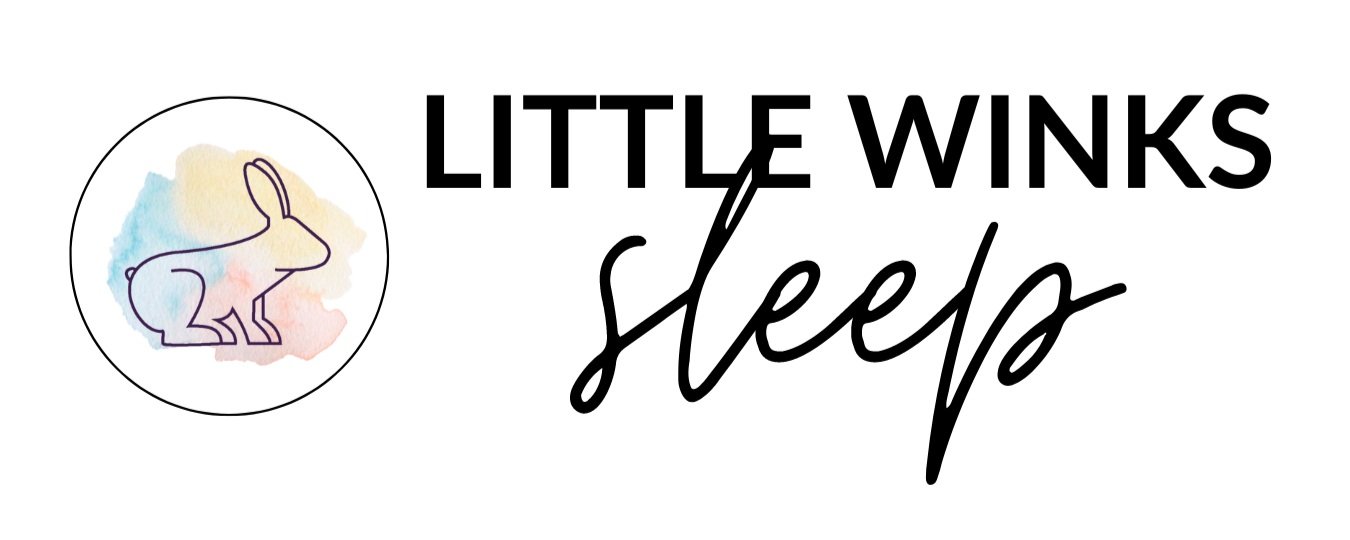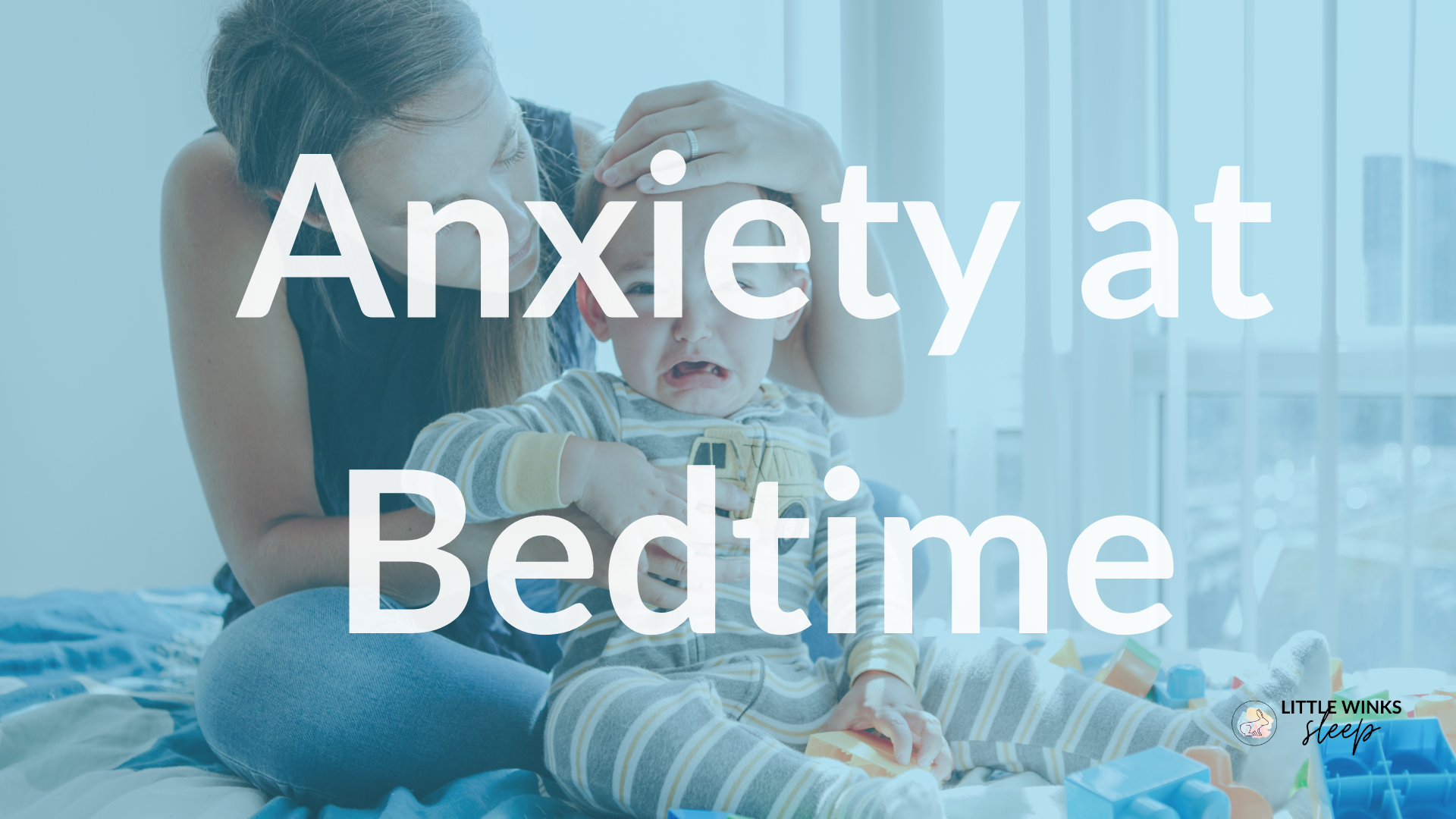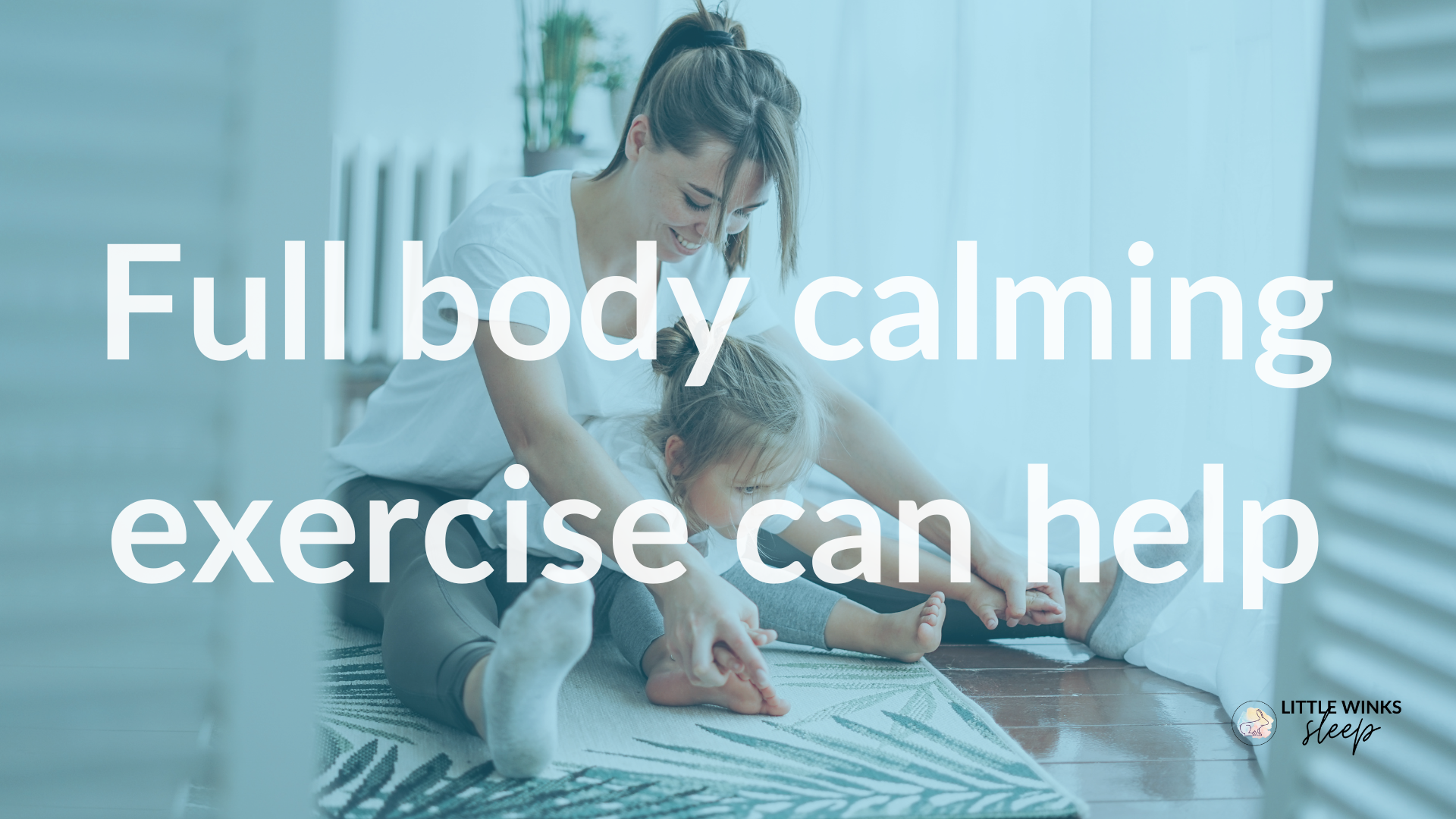Anxiety at Bedtime
Let’s set the scene.
It’s Friday night. It’s been an exhausting week, but you’re feeling pretty good about the fact that you made it through with a smile on your face (at least until breakfast time each day).
You and your partner have pushed through to make dinner (yes, chicken strips and apple slices count), bathe the kids, and get them down to bed.
You decide to celebrate with a date night in. Hellloooo charcuterie board and wine. It’s going to be a good night.
Then you hear the click of a door and the pat-pat of little toddler feet running to find you.
Goodbye date night.
Experiencing anxiety at bedtime is common in the toddler world. It manifests itself as:
“Can I have a drink?”
“Mommy, I need one more story.”
“There’s a noise in my closet.”
“I have to pee!”
“Daddy, um …. um … uh …”
As parents, we often try to solve the problem by looking at the symptom:
“Okay, a quick drink and then off to bed!”
“Fine, but only one story.”
“Let’s go take a look together and see that there are no monsters in your closet.”
“You went right before bed. Are you sure?”
Though we do our best to treat the symptom (the child’s request), it does little to stop the behaviour and fix the problem.
The root of the problem is anxiety at bedtime.
Anxiety happens when your toddler is feeling unsure and questioning the changing world around them. You are their world, and when this world opens up, they need to know you are there for them in the most vulnerable part of the day (going to sleep).
So how can we help them relax and let the worries of today go? I’m glad you asked.
Ensure that you have quality time throughout the day.
Look at the “big” transitions in your child’s day (wake up, before/after nap, daycare pick up, before bed, etc.). Make sure to have 10-15 minute blocks of time in those spaces where you are connecting, playing, and engaging with your child, screen-free.
Have a consistent routine each day so that your child knows what to expect.
It’s okay if they are in care 3 days a week. You can still set up routines around the parts of the day you control. It also helps if they have a visual schedule that they can “read” and refer to (use pictures).
Do full-body calming exercises with them.
Spreading butter on the pancake, doing yoga together, deep breathing, or reading a child’s picture story that takes you through a calming exercise.
Help your child process their fears and anxieties.
Ask them open-ended questions, and pay attention to what they are acting out in their play or creating with their art or building toys. This will often give you insight into what they are thinking or feeling.
Give them options.
This will give them a sense of control over their journey to sleep:
“Would you like this story for bedtime, or this story?”
“Are we wearing the tiger pajamas or the ninja turtle pajamas tonight?”
“Are we using the pink toothpaste or the blue toothpaste?”
Once we get the ball rolling with consistency, connection, and giving them a sense of control, we’ll start to see those date nights continue, uninterrupted.
If you are struggling with an anxious toddler at bedtime and need support, reach out! We are happy to help you navigate what is going on for your child specifically. You can book a free 15 minute call with a sleep coach on our website here, or find us on instagram and send us a DM at @littlewinkssleep.
Sleep sweetly,
Anna



